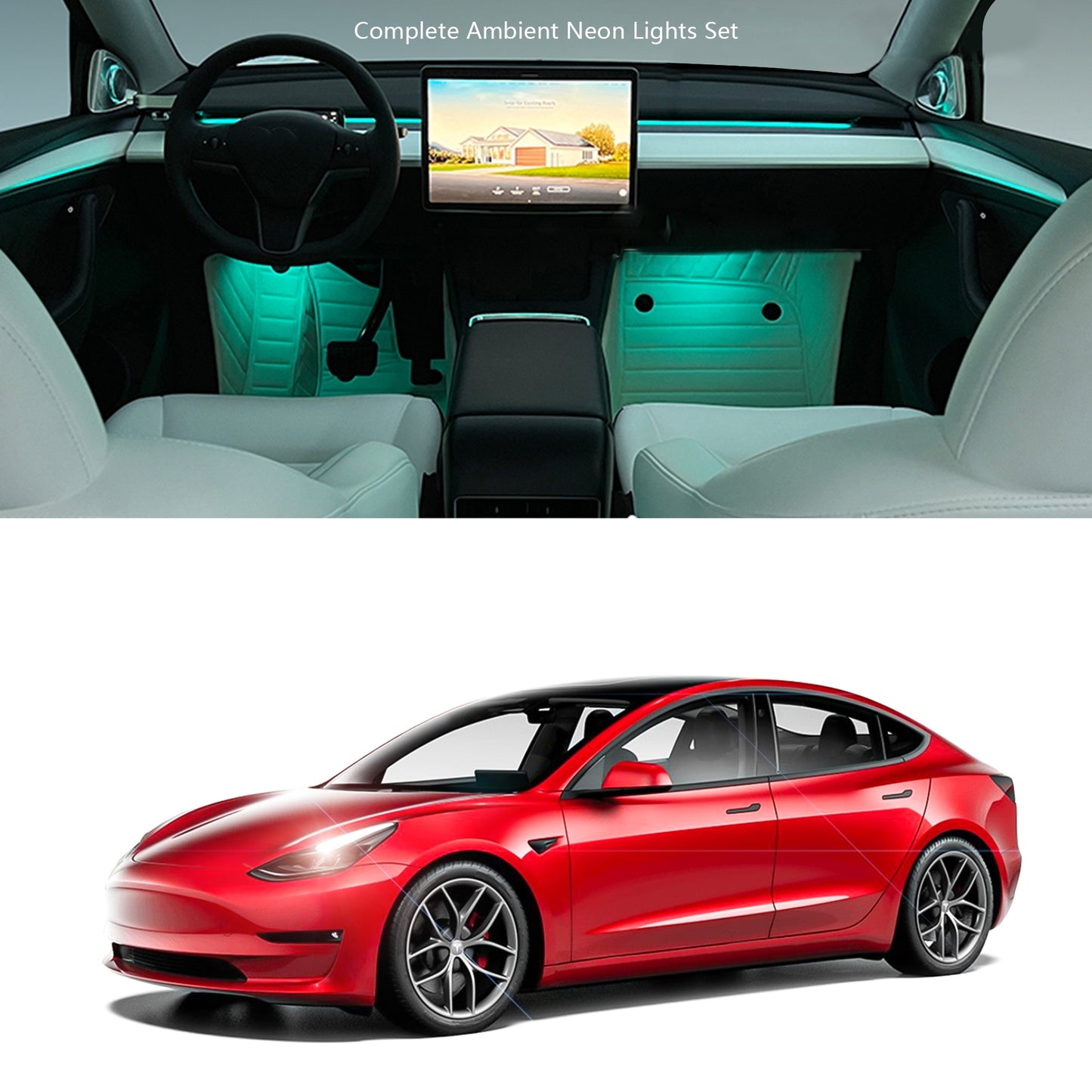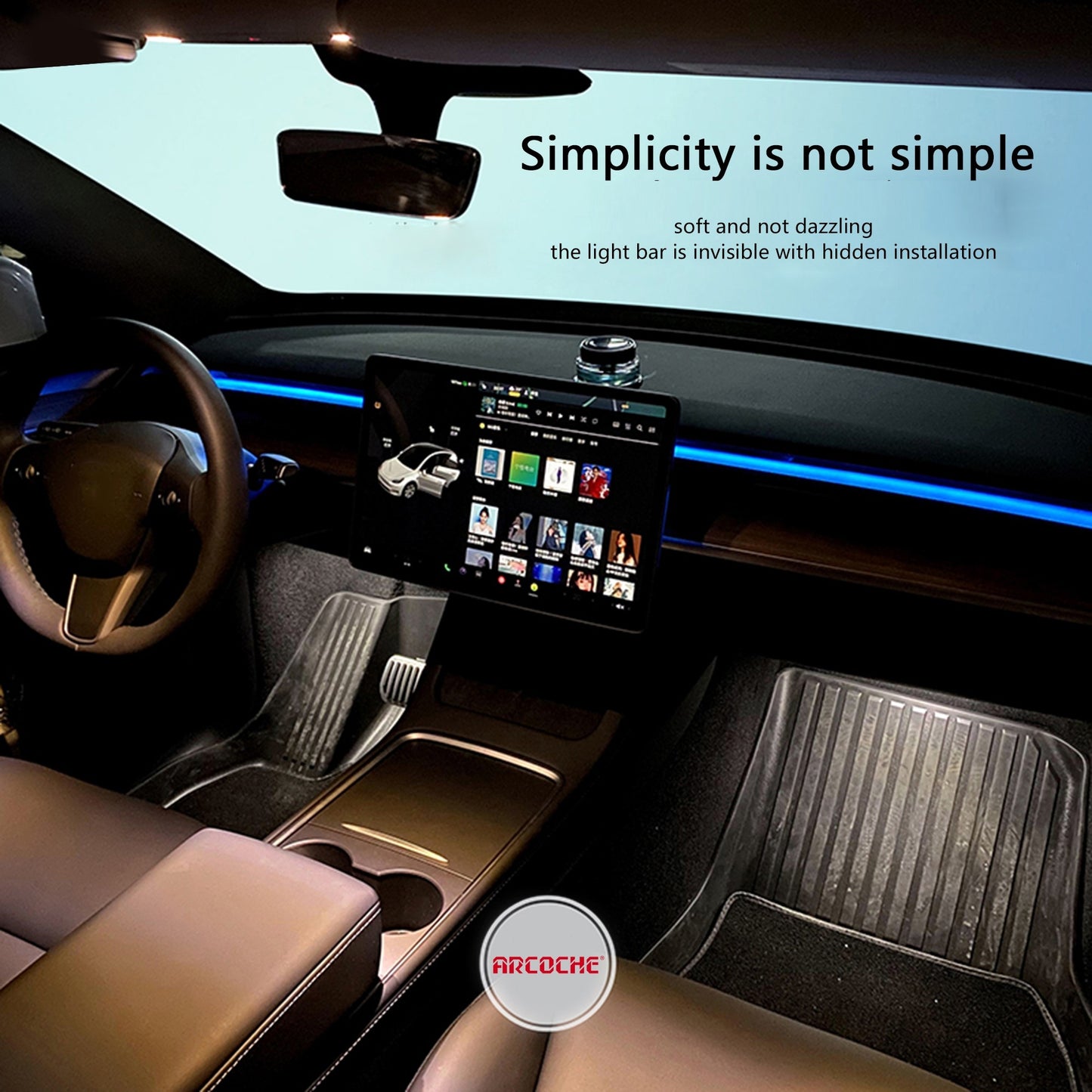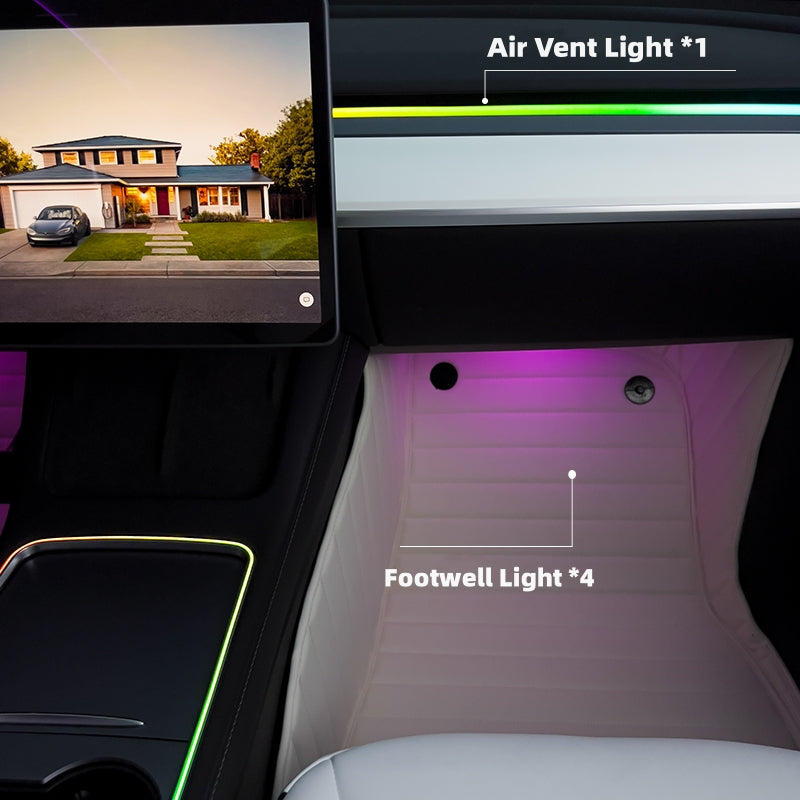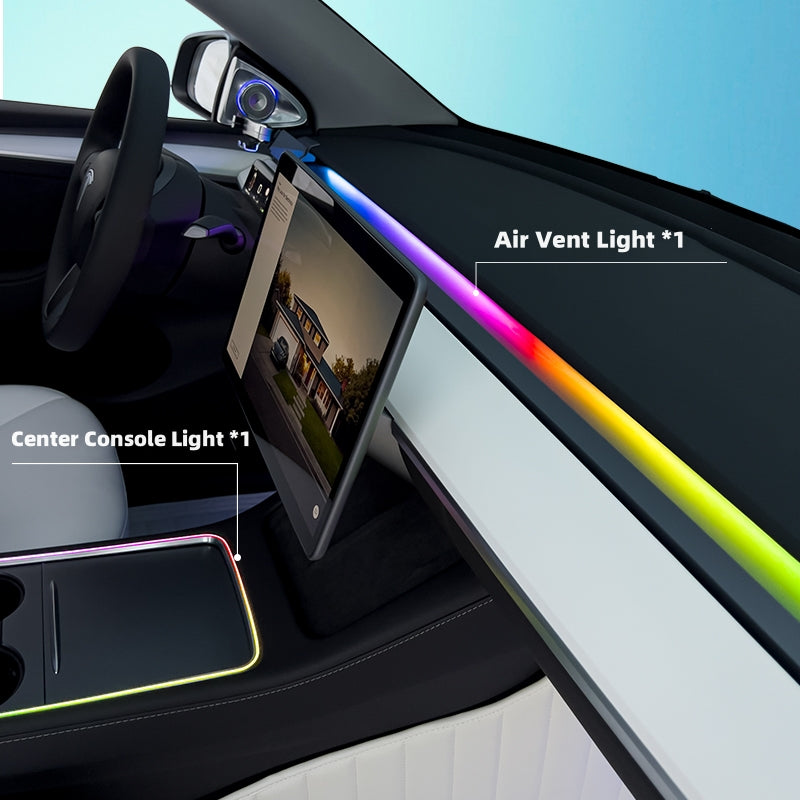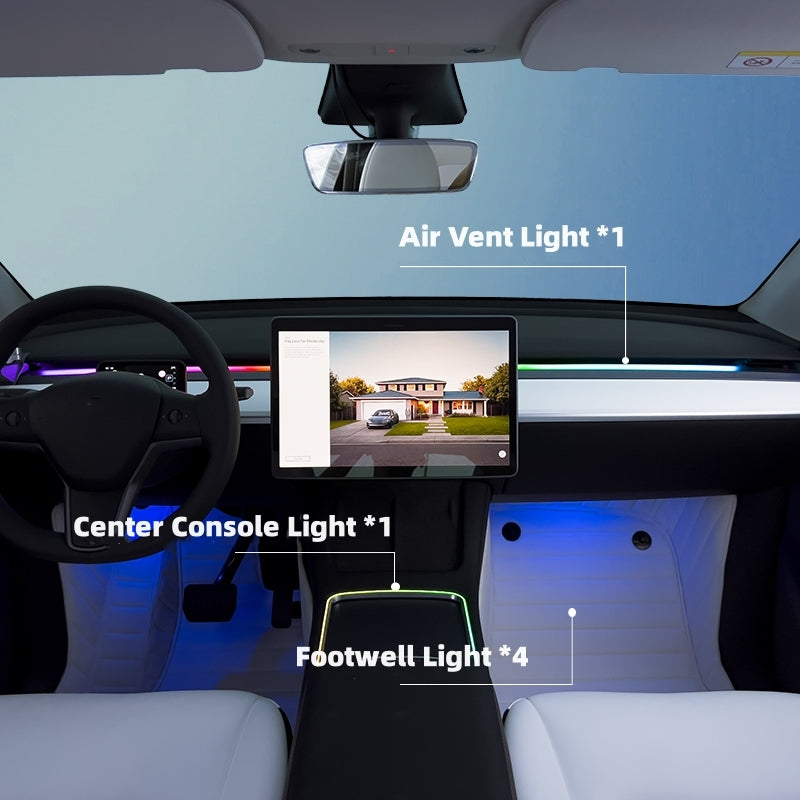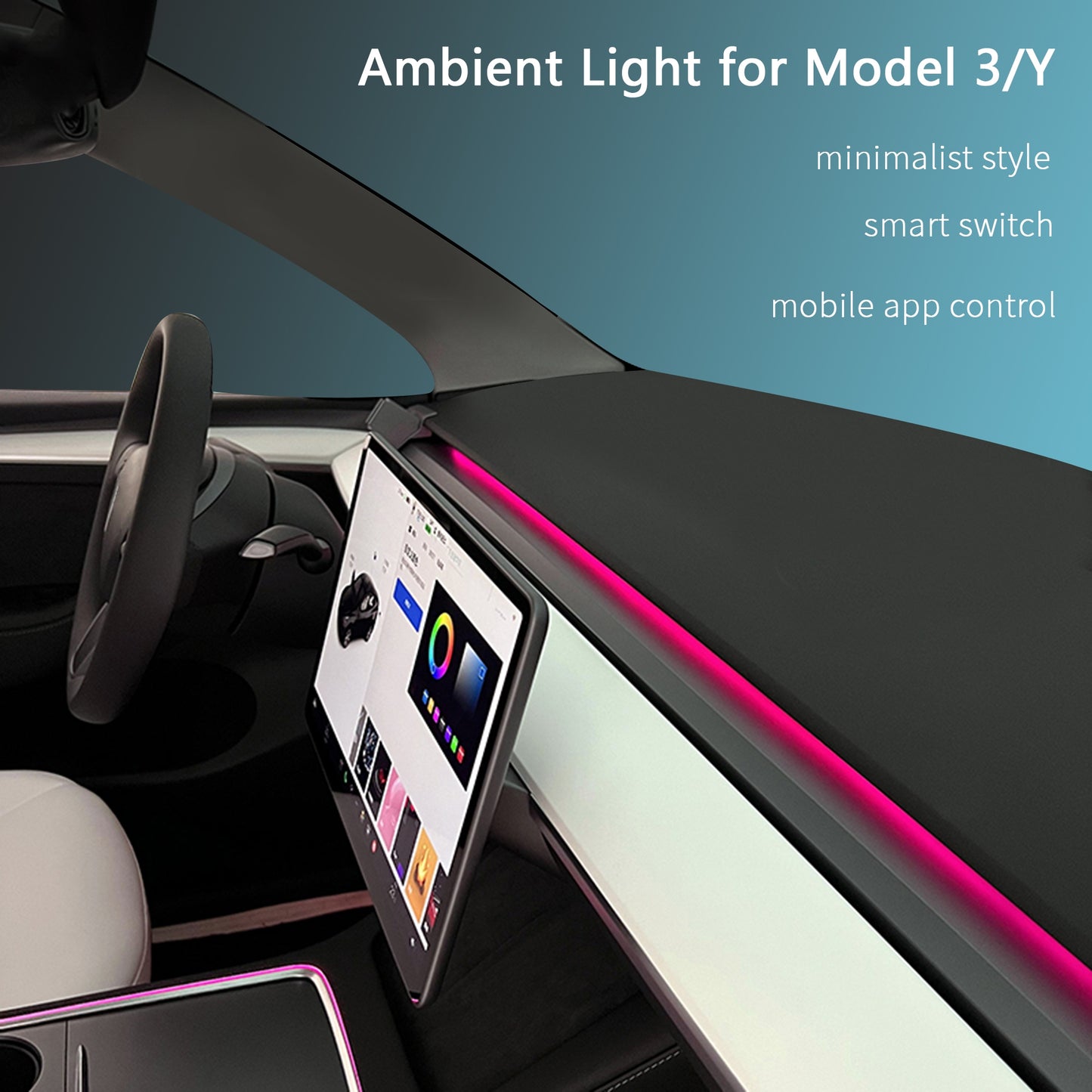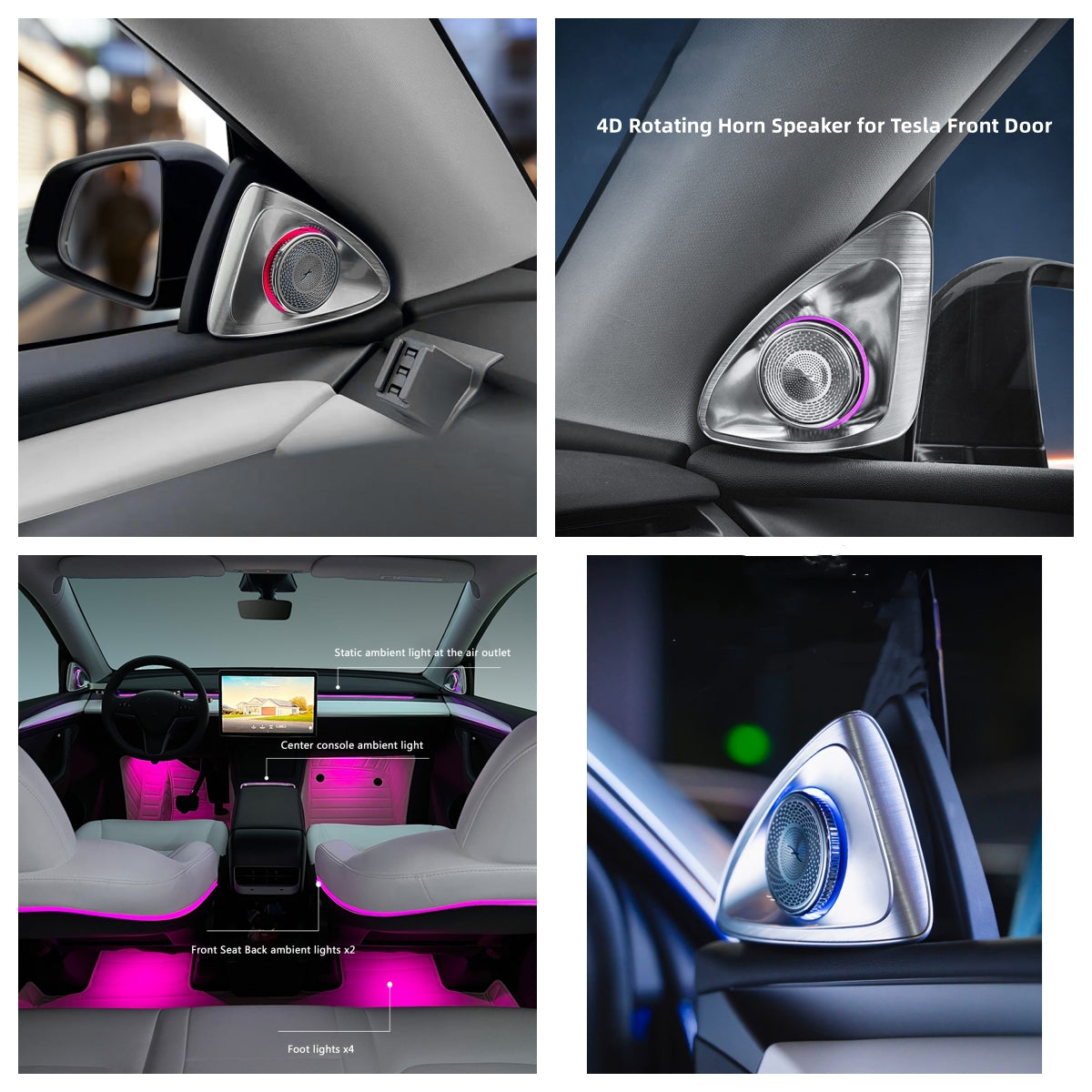
Tesla Rules Out Electric Buses: Here's Why
Over the weekend, Elon Musk made headlines once again, this time by responding to a discussion about electric buses in Norway. His statement? Tesla has no plans to develop electric buses.
In this article, we’ll dive into Musk’s comments and look at what this means for Tesla’s future transportation plans.
Norway’s Electric Bus Challenge
Last year, Norway rolled out a fleet of electric buses, hoping to make public transport greener. However, these buses have struggled to cope with the harsh winter conditions. As many EV owners know, cold weather can reduce an electric vehicle’s range, as more energy is used to heat both the cabin and the battery.
The buses in question, Solaris’ Urbino models, have relatively small batteries, making it difficult for them to handle their routes during the winter. Despite being equipped with efficient heat pumps, the energy required to warm the buses’ large cabins proved too much for their limited battery capacity.
What’s surprising is Norway's solution: adding small diesel generators to power the cabin heating, effectively turning these electric buses into hybrids. This is notable because Norway has led the world in the EV revolution, with over 90% of new vehicles being fully electric.
Tesla’s Take on Electric Buses
Following this news, Elon Musk confirmed that Tesla has no intention of building electric buses. Instead, Tesla has a different vision for urban transportation.
Musk suggests that Tesla vehicles—like those used in the Cybertruck Arctic Expedition, which successfully reached the Arctic Ocean—can handle extreme cold just fine. The company has demonstrated that with the right technology, EVs can operate efficiently even in some of the most challenging environments on the planet.
The Future: Robotaxis, Not Buses
Musk’s reasoning for steering clear of buses ties into Tesla’s broader vision for transportation. He believes that Tesla's upcoming Robotaxi fleet will make electric buses obsolete. These autonomous taxis will be able to navigate efficiently through city streets, offering an affordable and sustainable alternative to public buses. Musk has even suggested that Robotaxi fares could be comparable to the cost of a bus ticket.
While buses are traditionally more efficient than cars when it comes to moving people through congested areas, Robotaxis will have a significant advantage. They’ll be able to communicate with each other, avoid traffic jams, and optimize routes using Tesla's advanced AI.
Tesla’s Broader Goals
It’s worth noting that Tesla has never hinted at developing a bus-like vehicle in any of its presentations or announcements. However, there are rumors that Tesla may introduce a commercial van in the near future.
Instead of investing in electric buses, Tesla appears focused on refining its autonomous driving technology and preparing for a future where Robotaxis dominate city transportation. In this vision, buses aren’t necessary, because passengers can simply hail a Robotaxi to take them wherever they need to go.
Conclusion
Elon Musk’s recent comments make it clear: Tesla won’t be venturing into the electric bus market. Instead, Tesla is betting on its Robotaxi fleet to revolutionize urban transportation. With their ability to navigate autonomously, adjust to traffic patterns, and provide a cost-effective alternative to traditional public transport, Tesla’s Robotaxis could render buses unnecessary in the near future.
As we look ahead, all eyes are on Tesla’s upcoming Robotaxi event, which is expected to offer more insights into the company’s plans for this innovative fleet. Stay tuned—big things are on the horizon!




